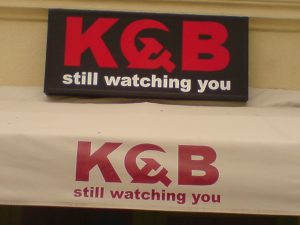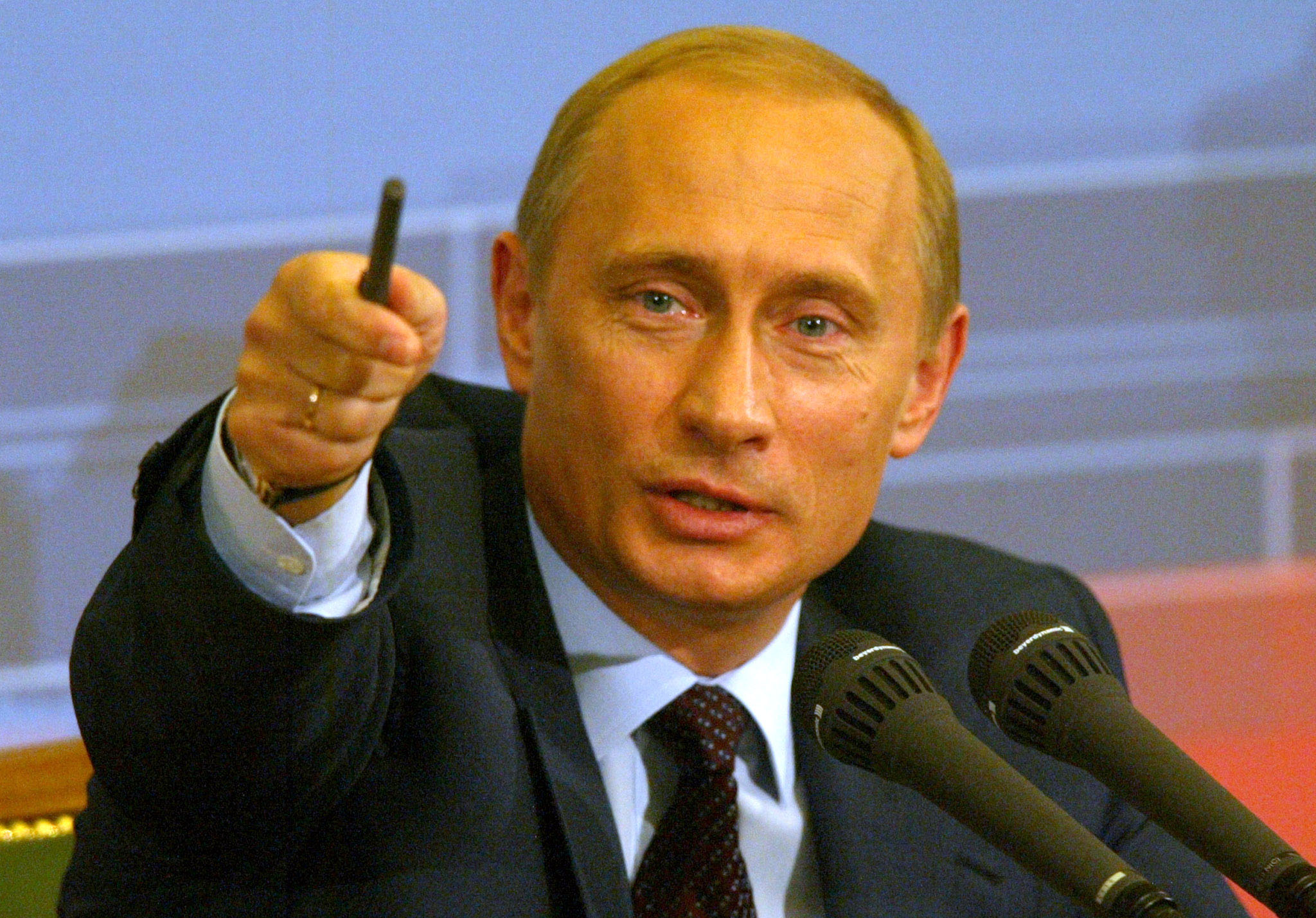The radios were silenced, victims of a radio-jammer. Estonian police officer Eston Kohver patrolled his border security point, one of many such points along the 201-mile border with Russia, as a smoke bomb landed nearby. Behind the ensuing fog, Kohver was taken.
Since his abduction on Sept. 4, Russia refuses to let Estonian officials see Kohver – who Estonia views as a hostage, but Russia claims is a spy. The incident is part of a recent spree of Russian abductions, including the seizures of a Russian politician hiding in Ukraine and a Ukrainian helicopter navigator from within Ukraine.
These acts reflect both the willingness of Russia in recent months to deploy its special forces and the wide range of Russian interests beyond Ukraine. Furthermore, it is a flashback to a Cold War reality that ended little over two decades ago.
The United States and the Soviet Union fought the Cold War on many fronts: the arms race; the space race; the “race for the Third World,” in which each power competed to win allegiances over strategically-placed nations; and proxy wars on actual battlefields, such as Korea, Vietnam, and Afghanistan. Yet, the Cold War’s most heated arena was the world of spies and surveillance. Espionage cut across all other fronts as agents got away with technology secrets, agent identities, code keys, and more. As the United States looks ahead to its relations with a nationalistic Russia attempting to regain its former Soviet influence and superpower status, we must first look back
During the Cold War, the Soviet Union infiltrated the highest levels of U.S. and British intelligence-gathering agencies. A famous ring of spies known as the Cambridge Spies, so named because the KGB – Russia’s intelligence service – recruited them while they were at Cambridge, sent delicate British documents to Soviet contacts from within British embassies and the MI6 – Britain’s intelligence service. Their subterfuge was so successful that one member of the ring’s four members reported almost daily to his contacts over several years; another member was revealing British secrets for 23 years. Ultimately, the four were able to get access to NATO secrets concerning strategies, capabilities, and personnel. Though all four identities are now known, none of the Cambridge Spies was ever caught – one was even knighted in 1956.
The Cambridge Spies comprised the Cold War’s most successful band of spies, but several individual agents wreaked almost as much havoc. Among the individuals that were most damaging to the U.S. intelligence community were Aldrich Ames and John Walker Jr. Ames was a career CIA agent and the son of a CIA analyst, but he began selling American secrets late in his career – including the names of American agents. The Soviet Union found and executed at least 10 American agents because of the information Ames provided. Walker took his own initiative in giving away American secrets. Rather than being approached by Soviet agents, he took his key list, which is used to decrypt messages, from his job as a communications officer to sell it at the Soviet Embassy in Washington, D.C. Not only did the Soviet Union agree to buy the key list, but they also paid him weekly to get each week’s key list for the next eight years, allowing the Soviet Union to read intercepted messages from 1968-1976.
Thus, through agent skill, bribery, and by playing on the sympathies of communists abroad, the Soviet Union succeeded in obtaining its enemies’ secrets. Similarly, today’s Russia is giving several indications that it will again rely on its robust intelligence-gathering methods. The foremost indication is the fact that Russia’s president, Vladimir Putin, served in the KGB and has a history of spying on the West. Couple this with Russia’s ununiformed troops that appeared during its takeover of Crimea, the disappearances of journalists in Ukraine, and the recent abductions from Ukraine and Estonia, and it seems that Russia is well on its way back to Soviet practices.
This comes at a time when the United States is still recovering from massive intelligence leaks from Bradley Manning, who leaked hundreds of thousands of classified documents to WikiLeaks, and Edward Snowden, who committed the biggest intelligence breach in history by stealing a massive amount of data from the NSA. Fittingly, Snowden has been granted asylum by Russia, preventing the United States from prosecuting him for violating the Espionage Act.
As if Russian covert aggression and America’s internal leaks were not enough, the United States also faces a serious threat in the form of cyber security. America has already been the victim of several Chinese hacking campaigns, and Russia has shown its capacity and willingness to conduct cyber warfare when it launched a sustained internet assault on Estonia in 2007 as retribution for Estonia’s removal of a statue of Vladimir Lenin.
To combat this three-headed monster – covert combatants, the inability to plug intelligence leaks, and cyber warfare – the United States must rethink several of its current policies. First, the punishment for leaking information must become more severe, though Bradley Manning’s 35-year prison sentence is a good start. Second, a sustained presence of NATO forces (not a fast-deploying reserve force or training exercise) in the Baltic states is necessary to prevent Russia from attempting the same covert invasion it launched in Crimea. Finally, cyber security must become a bigger priority for defense spending. These steps may resemble Cold War policymaking, but they will better prepare the United States for the cooling nature of today’s Russia-American relations.



